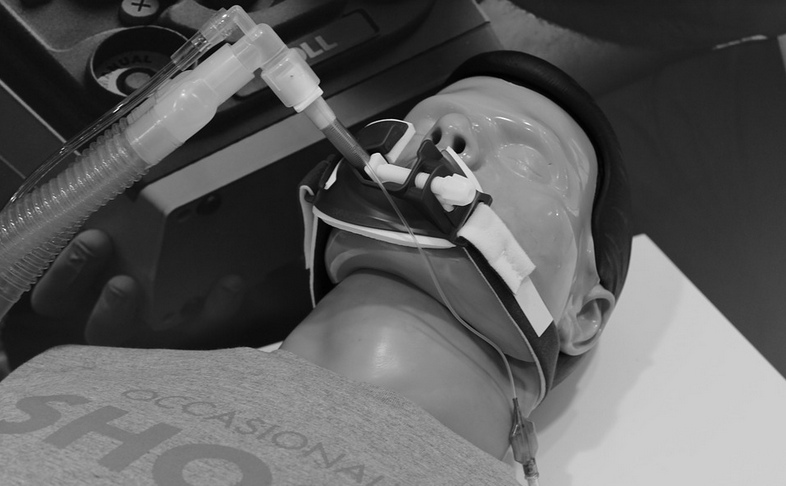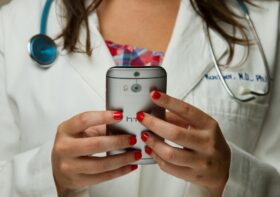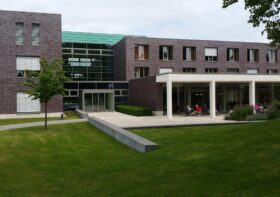Health Simulation Learning for Medical Student

As students across the country have moved into virtual class, all medical students varying from a nurse, pharmacists, therapists, and doctors cannot accomplish countless hours of personal medical experience to take their licensing exams. More lab work and practical opportunities are in halt due to coronavirus. At the same time, many healthcare workers get sick, and the hospital is overload. Open new recruitment is not an issue (please do recommended anchor text), but getting them into the system is different matters. Fortunately, a health simulation comes to save this problem to ensure new medical workers can adjust to the system and allow medical students to graduate on time.
What is Health Simulation?
Health simulation is an interactive learning technique with a real substitution experience to guide medical students and new workers. Health simulation uses unique tools that can replicate real health settings. It comes as a professional or full immersion practice assistance with different models.

How Many Model Health Simulation?
There are two models of health simulation. First is the immersive version, which uses human or manikin with advanced technology to represent an abnormal and healthy human body. The technology also can create interactive configurations of many scenarios where students can learn in a safe exercise without harming patients or perhaps any potential psychological injury in case of error. The other is a virtual simulation, which uses a computer to conduct a safe practice environment. However, the simulation does not allow interactivity that occurs in the simulator, such as the practice of numerous CPR or compressions, or the feeling of the heartbeat when placing a breathing tube. It does good in a series of coronaviruses when many universities are close, and medical education cannot work well without the practice.
How does Health Simulation Help Education?
In a further development, simulation facilities have augmented clinical experience and didactic content corporated with healthcare application and programs. Because of its usefulness, simulation has served as part of health programs education for 20 years, proving its effectiveness. Some pre-licensing programs, such as nursing, have begun to use simulation as a substitute for internal clinical hours with the support of accreditation and government licensing agencies. This recent landmark study in several locations showed that an excellent simulation could replace up to half of the clinical hours, which traditionally achieved in similar educational results.
didactic content corporated with healthcare application and programs. Because of its usefulness, simulation has served as part of health programs education for 20 years, proving its effectiveness. Some pre-licensing programs, such as nursing, have begun to use simulation as a substitute for internal clinical hours with the support of accreditation and government licensing agencies. This recent landmark study in several locations showed that an excellent simulation could replace up to half of the clinical hours, which traditionally achieved in similar educational results.
 Health simulation has indeed changed student readiness and the quality of medical education, but it has never applied without any clinical experience. Mostly it replaces the lessons because health education institutions know the simulator well enough to improve their curriculum, both virtual and immerse versions independently or their combination. In the current condition where even an immersive version cannot help, health education should take an ideal shift so that more students can graduate on time. The regeneration of the medical worker should be well-maintained as the hospital is in a rush and beyond its limit.
Health simulation has indeed changed student readiness and the quality of medical education, but it has never applied without any clinical experience. Mostly it replaces the lessons because health education institutions know the simulator well enough to improve their curriculum, both virtual and immerse versions independently or their combination. In the current condition where even an immersive version cannot help, health education should take an ideal shift so that more students can graduate on time. The regeneration of the medical worker should be well-maintained as the hospital is in a rush and beyond its limit.
How is Health Simulation Progress?
Simulators are now preparing the next generation of caregivers using the best tools around the world. While scientists and medical professionals analyze drugs and develop new therapies, simulator companies and health companies join forces to do the job. Their checklists include assessing the depth and breadth of the wellness simulator, developing new strategies to leverage the simulation, see how far we can go and discover what it might look like in a new configuration for the next generation outcome of health soldiers.



